Piracy: Sustainable security
Far-reaching measures are needed to permanently free sea areas such as the Gulf of Guinea from the threat of piracy. The concept of maritime security sector reform with the establishment of sustainable security governance promises success. Piracy is still often associated with pirates from films and television sailing under the banner of Jolly Rogers. However, the threat of piracy and armed robbery is still a real risk to shipping and maritime safety in the 21st century. According to Article 101 of the United Nations Convention on the Law of the Sea (UNCLOS), such piracy includes "(a) any unlawful act of violence or deprivation of liberty or any act of plunder,...
Weiterlesen
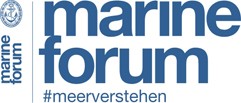
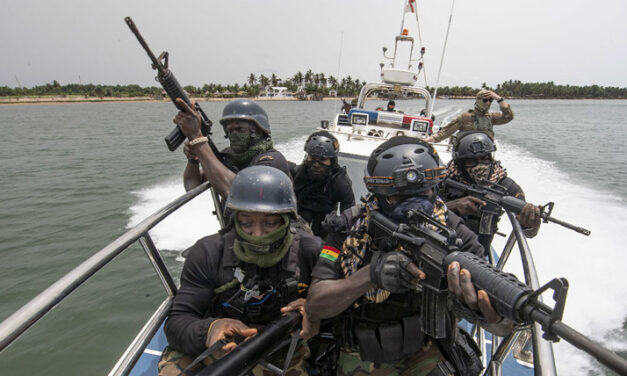

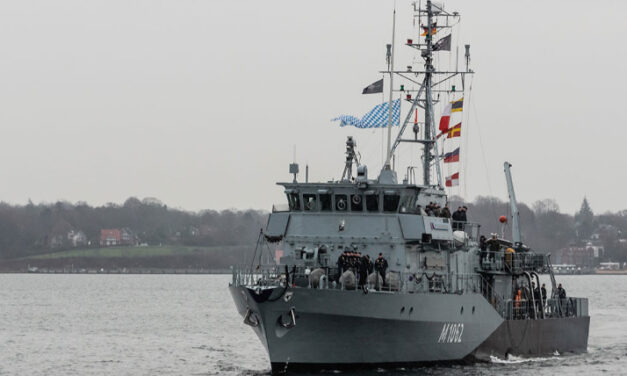
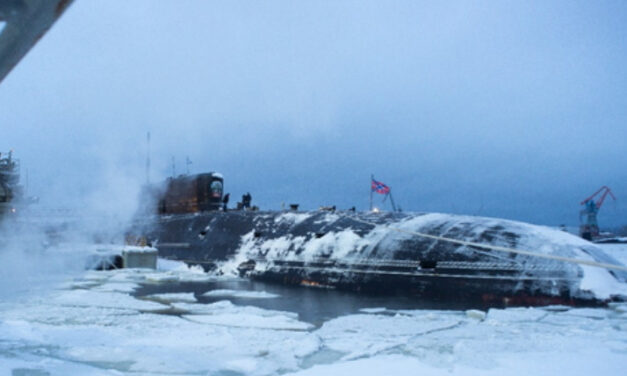
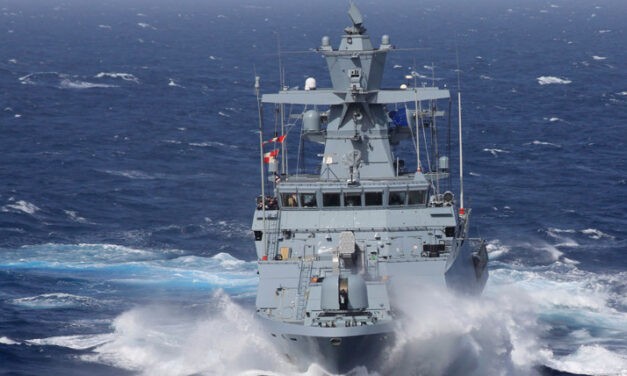
Recent Comments